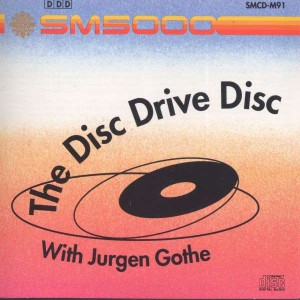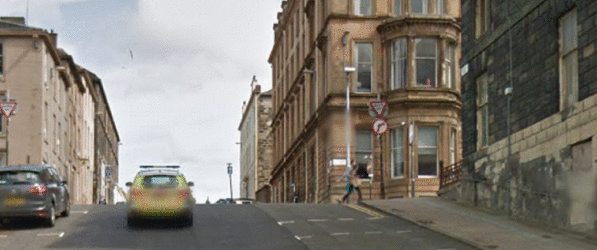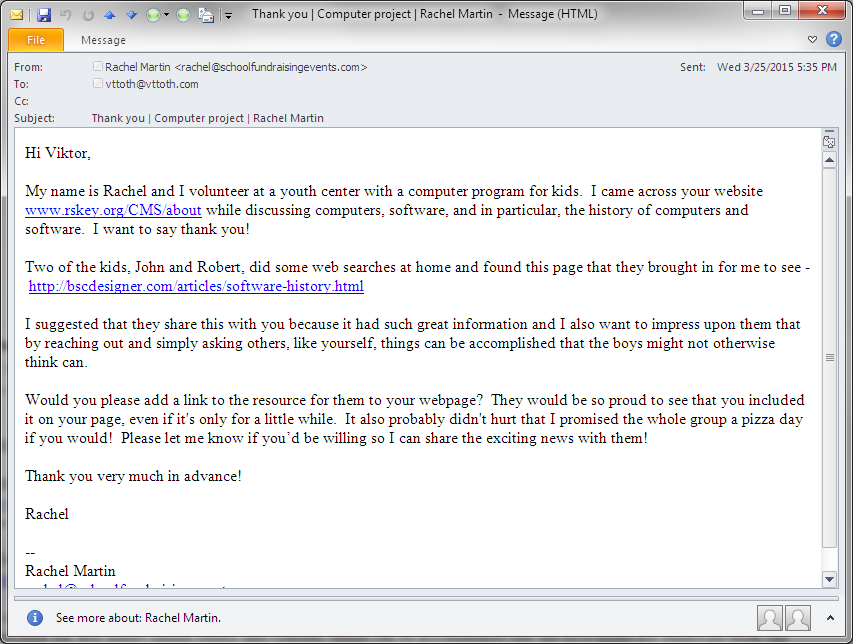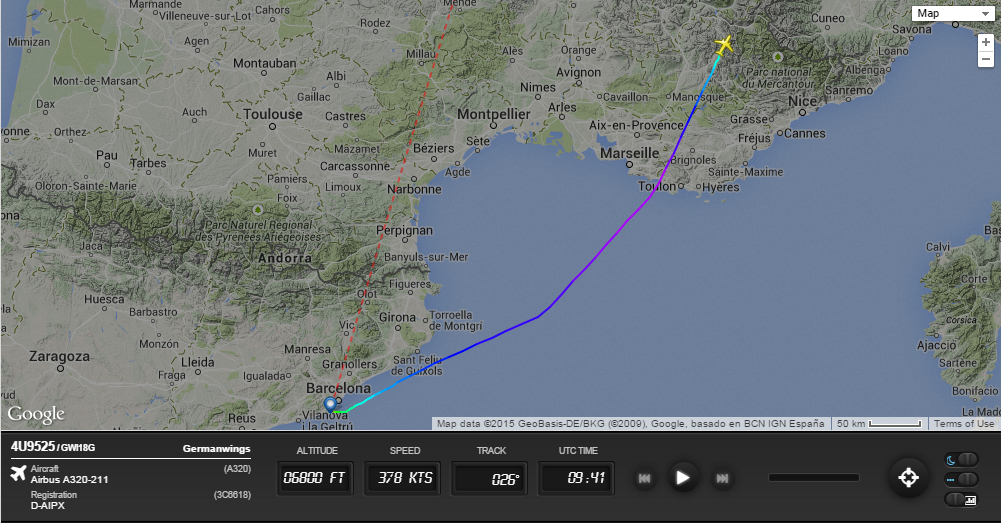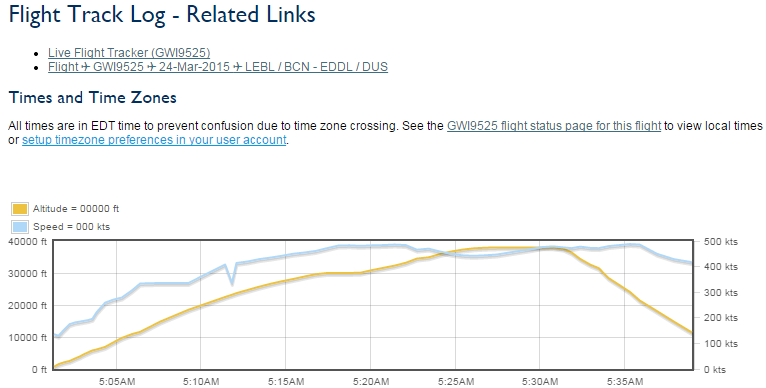Yesterday afternoon, my wife and I took a pleasant stroll downtown, visiting the National Gallery. We were specifically interested in their M. C. Escher exhibition, which is set to close in a few days. It was fascinating, though smaller in size than we expected.
Although I am reasonably well acquainted with the works of Escher, there were some prints that I have never seen before. For instance, this street scene from Abruzzi, Italy, which may well be part of the reason why Escher became fascinated with complex systems of seemingly impossible stairs.
Then there was this amusing National Film Board of Canada animation, from 1998, of Escher’s Sky and Water I. My only concern was for the poor museum security guard standing next to it, who had to listen to its soundtrack, endlessly repeated, throughout the day. (But then, he assured me that he is only there for two-hour shifts.)
Did I mention that the exhibition was smaller than we expected? It was housed in a section that also had some fascinating photographs. One of them was of a strange shape, a blistering ball on top of a stick of sorts:
Except that it wasn’t a stick. It was a steel tower, maybe twenty stories high. And the blistering ball was an atomic explosion in the first one 100,000,000th of a second, one of a series of photographs created by Harold Edgerton with his Rapatronic camera in 1952.
Look at the guy wires. They are still taut. But their top sections are already obliterated by the explosion. The only reason they are still taut is that they never had time to relax, nor would they ever: the atomic fireball expands much faster.
I don’t know, to me this is one of the scariest images ever produced by a camera.





